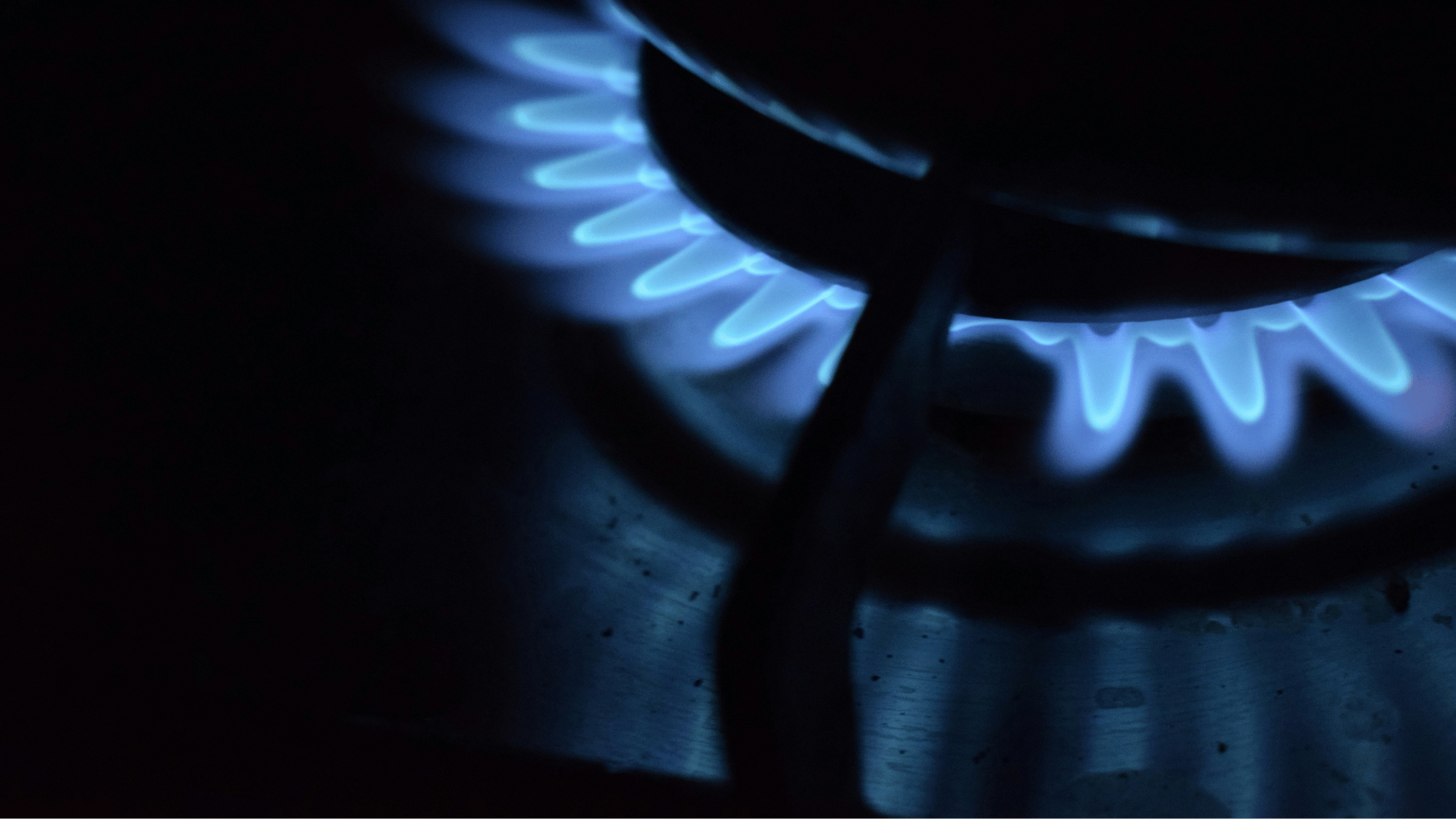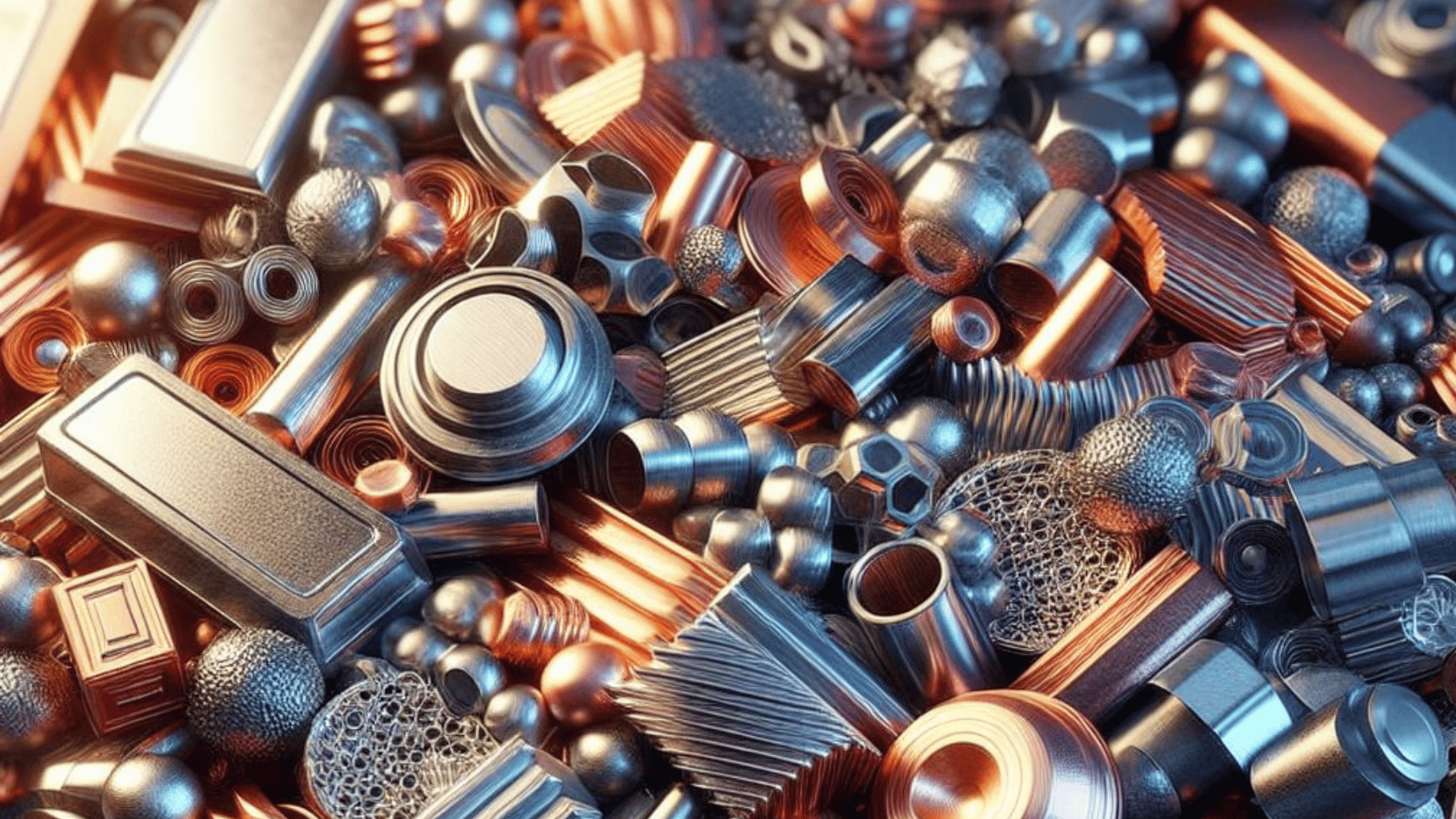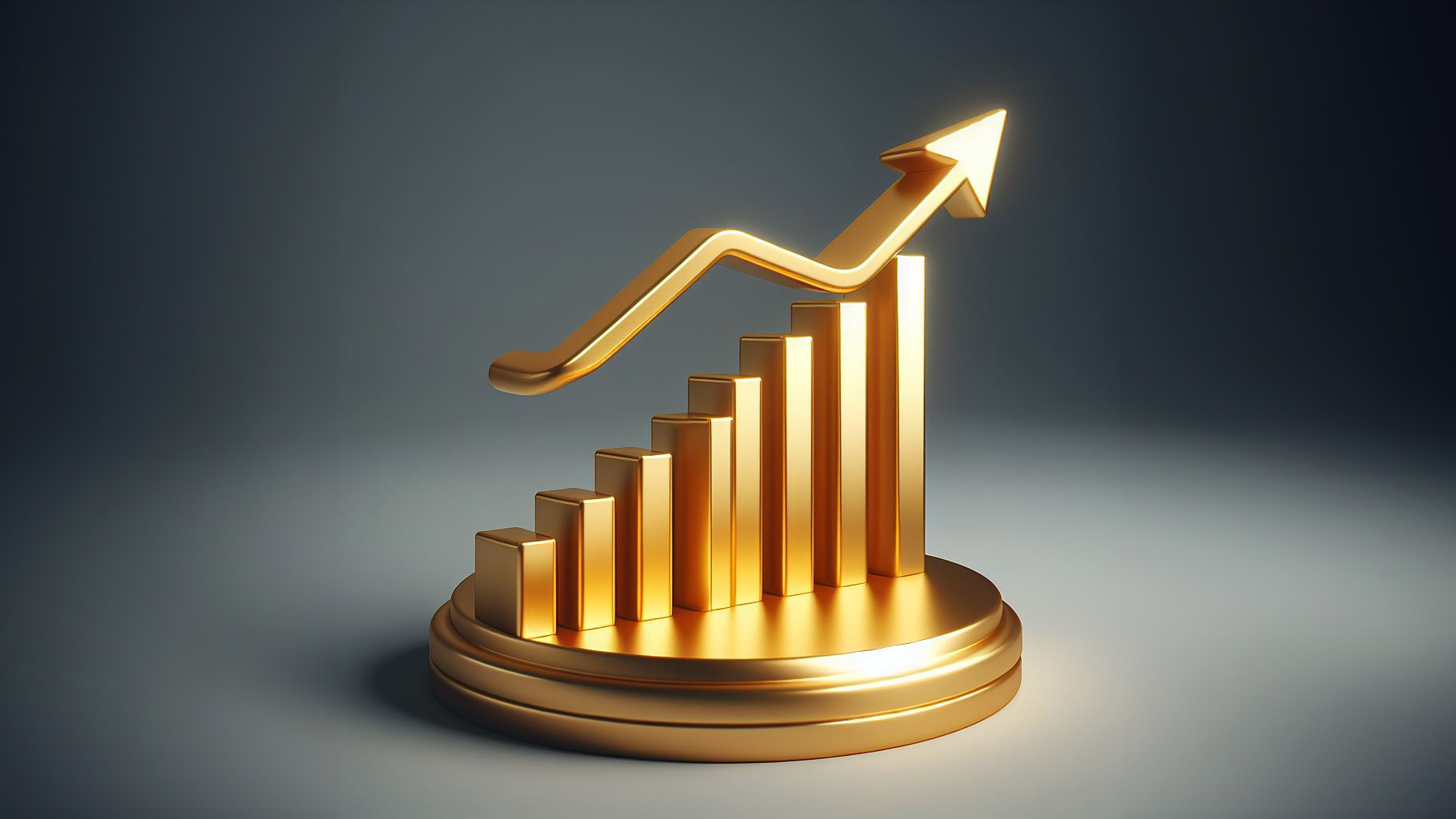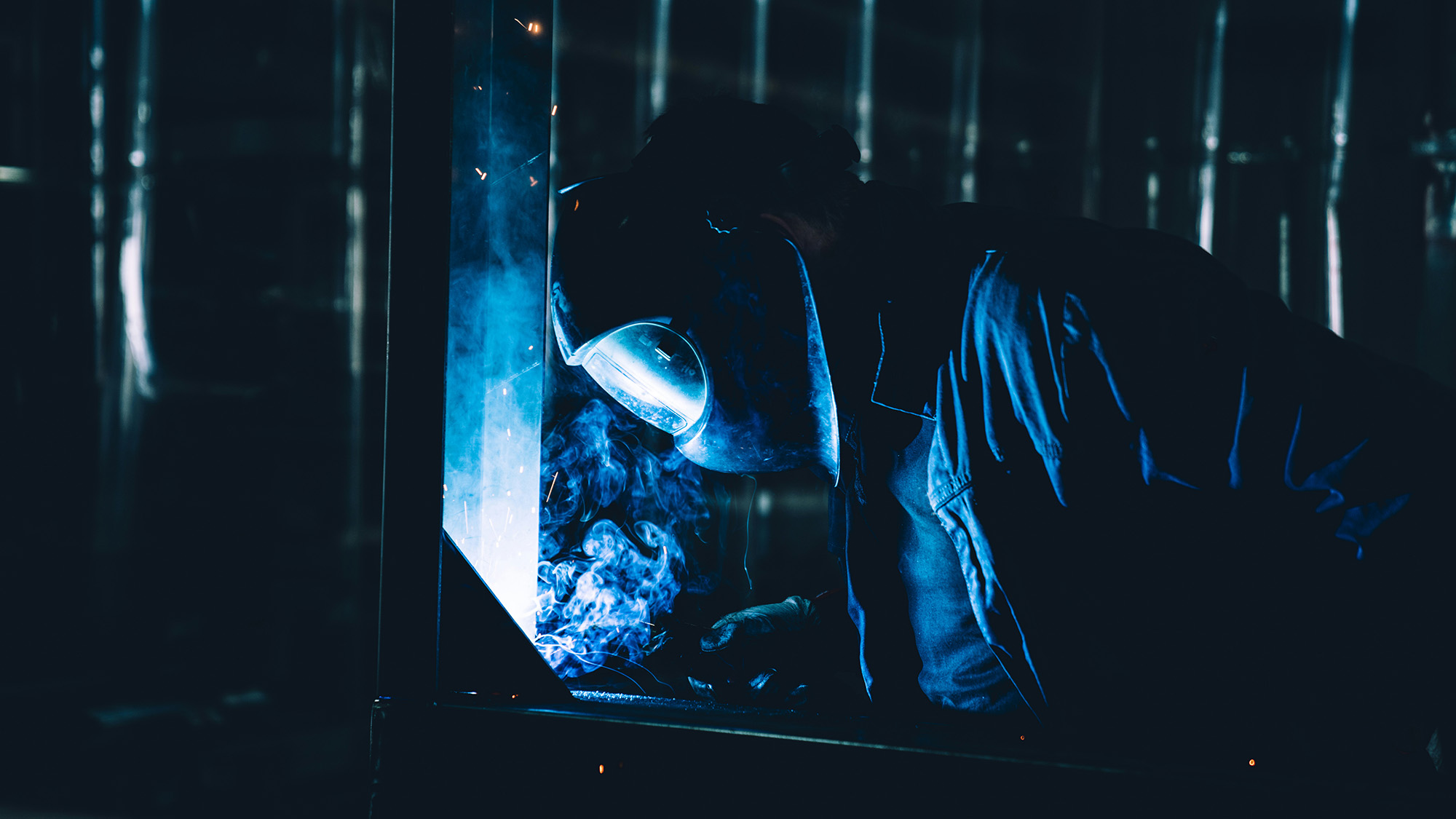With the plates that were used to hold the first anniversary cake for the Biden administration’s Inflation Reduction Act now washed, dried and safely back in the cupboard. The question now is where to from here?
The oddly named bill which, in reality, appears to have had little to do with driving down inflation was set up as a vehicle to fight climate change, expand access to US government-subsidised health care and raise more tax revenue via targeting some corporations.
But having turned one, it is clear that its main impact has been as a vehicle for driving investment in the US’ green energy transition.
While investment in electric vehicles had been going on before Mr Biden got his feet under the desk in the Oval Office, the IRA certainly turbocharged the sector in a way that may prove a game changer to the landscape of the global industry.
In the 12 months since the passing of the Bill more than 83 manufacturing plants have been announced according to US trade group the American Clean Power Association. More than 50 factories will produce solar-powered equipment with the rest targeting wind-turbine parts or batteries.
In a sign of the effectiveness of the reform, the value of these factories combined stands at $US270 billion (AU$420.5 billion) which equals the cumulative total of the previous seven years of clean energy investment.
The growth of gigafactories, large scale factories producing components for green energy transition particularly batteries for electric vehicles has revived the US manufacturing sector in areas which had witnessed many years of decline.
This diagram shows their growth and the fact that every serious automotive player has an eye on how it can keep pace with the leading pack.

So, while the impacts of the Bill have helped those looking to drive a Tesla in California or find a job where once there wasn’t one, what does it all mean for Aussie stocks?
Well, in simple terms, all those factories need lithium and to qualify for the tax credits that the IRA offers then the ingredients for the batteries if not sourced locally within the US must come from a country with a free trade agreement in place. So….box ticked.
It means the appetite for Australian lithium assets which was best symbolised by Albemarle’s headline grabbing $5.5 billion bid for Liontown Resources is unlikely to be sated any time soon.
The Australian Government has already announced its critical minerals strategy which it hopes turns the country into a global superpower in both raw and processed critical minerals.
A stark difference between the two Government’s visions is that Australia’s comes without any of the financial clout of their US counterparts (whose final bill is yet to be determined but upper estimates have nudged the US$1 trillion mark).
The Biden Administration has clearly opted for an “if you build it, they will come” approach and has put their money where their mouth is in terms of turning the dream into a reality.
According to local think-tank Climate Capital Forum the local Australian industry needs $100 billion of strategic national interest capital to attract between $200 – $300 billion of private investment to break into the superpower league.
While the upcoming US election is likely to turn the IRA into a political football, it would appear that it has shown the value of Government leading industry in order to achieve a prescribed result and that should not be lost on Australian policy makers as they look to shape the local industry across the next decade.
White Noise communications is provided a fee for service working with companies which may have exposure to commodities or securities mentioned in these articles. All articles are the opinion of the author and are not endorsed by, or written in collaboration with, our clients.
Photo by Michael Fousert






